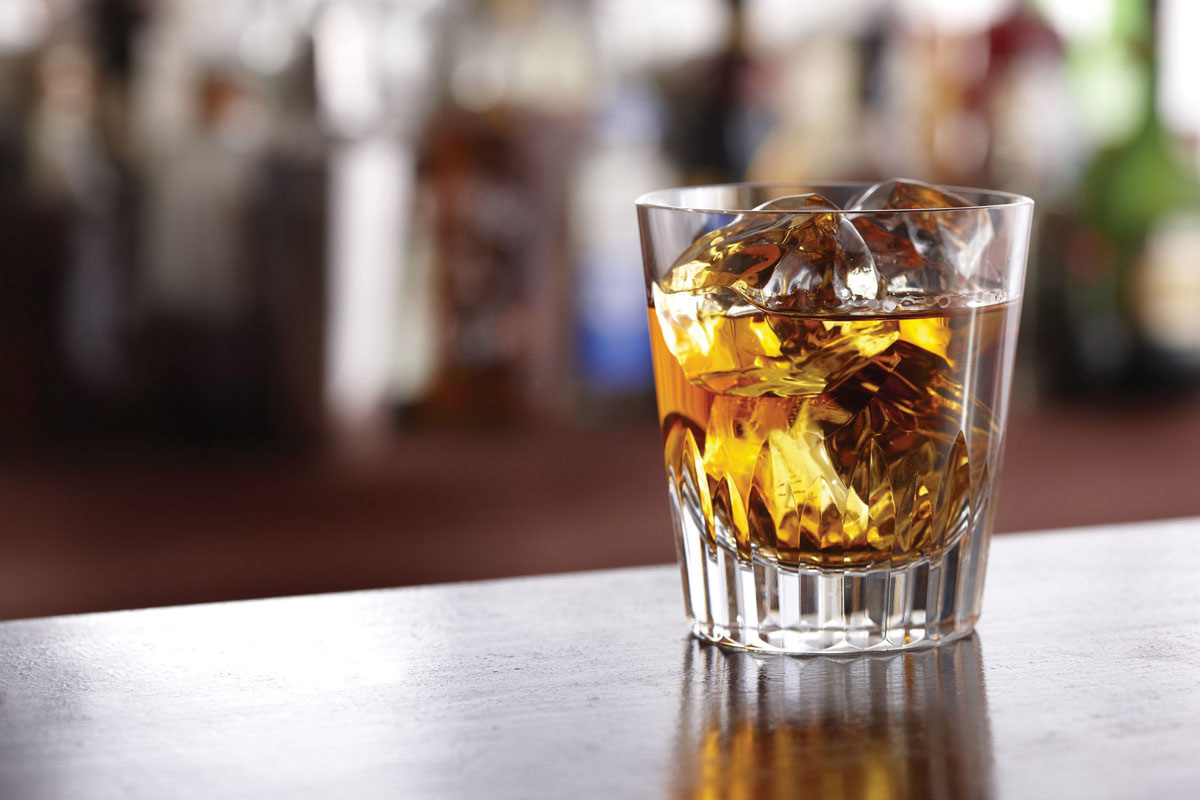 Inglorious Basterds is a whiskey lover’s war epic. The film revolves around a British-American plot to assassinate the Third Reich’s Commander-In-Chief during WWII. Being officers and gentlemen, the planners offer the would-be assassin, Lt. Hicox, a drink and he swiftly replies: “If you offered me a Scotch and plain water, I could drink Scotch and plain water.” His superior, General Fenech, requests: “Whiskey, straight. No junk in it.” Their wholly dissimilar approaches to seemingly related beverages mirror ones that play out in contemporary bars. So how do we know which is right for us? The world has a dizzying number of regulations regarding liquor, and whether you’re a bon vivant or a bartender, this guide will help you get a handle on the differences.
Inglorious Basterds is a whiskey lover’s war epic. The film revolves around a British-American plot to assassinate the Third Reich’s Commander-In-Chief during WWII. Being officers and gentlemen, the planners offer the would-be assassin, Lt. Hicox, a drink and he swiftly replies: “If you offered me a Scotch and plain water, I could drink Scotch and plain water.” His superior, General Fenech, requests: “Whiskey, straight. No junk in it.” Their wholly dissimilar approaches to seemingly related beverages mirror ones that play out in contemporary bars. So how do we know which is right for us? The world has a dizzying number of regulations regarding liquor, and whether you’re a bon vivant or a bartender, this guide will help you get a handle on the differences.
Whiskey is essentially distilled beer. Except in lieu of hops, whiskey is flavored and matured by barrel aging. The 3 readily available types in the U.S. are Irish Whiskey, Single-Malt Scotch and Blended Scotch. The 4 standards for grouping them are geographic origin, grain-bill (barley, corn, rye or wheat), source (single distillery or blended from many) and barrel maturation. Let’s compare.
Irish Whiskey is produced in Ireland or Northern Ireland…from malted or un-malted barley and corn, rye or wheat. It must be aged in wood barrels for a minimum of 3 years. Distilled 3 times rather than the usual 2 in a pot still, it’s the smoothest and most versatile group, although many enthusiasts find them lacking in depth. Jameson 12, Redbreast 15 and Tullamore Dew are ideal for mixing, pouring over ice, or downing from a shot glass.
Single-Malt Scotch is produced in Scotland from malted barley. It must be aged in second-hand Bourbon, Port, Rum or Sherry barrels for a minimum of 3 years. The most stringently controlled and exclusive of all whiskeys also demands a premium price. Pull out the old Gaelic pronunciation guide before asking for The Glenlivet Nàdurra 16, Laphroaig Triple Wood or The Macallan 15.
Blended Scotch is produced in Scotland from mixing grain whiskeys with Single-Malts. There’s no need for further barrel maturation, but an age-statement is placed on the bottle that reports the youngest Single-Malt in the blend. Single-Malts usually have dominant characteristics that stand out like smokiness, aroma or rich color. The blends absorb the characteristics of many in one serving. Chivas Regal 18, Dewar’s 12 and Johnnie Walker Double Black are fine examples.
Like pizza, alcohol is a personal choice and there’s no wrong way to enjoy it. However, if you’re planning on a cocktail, on-the-rocks or essentially a shot like General Fenech, you’re better off drinking Irish Whiskey. It’s common and isn’t as complex. If you want to dive into the layers of textures and tannins, a Single-Malt is good, albeit one-dimensional. A Blended Scotch is much better.
In the end, whiskey isn’t the sort of drink that lets you have just one, so play the field until you find your spirit soulmate. Lt. Hicox unfortunately found his too late: “There’s a special rung in hell reserved for people who waste good Scotch.” With that, he downs a 33-year-old Highland Blend before meeting his demise.











